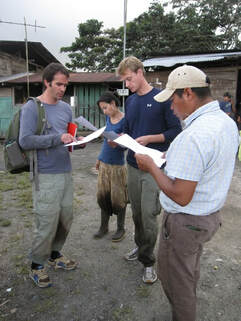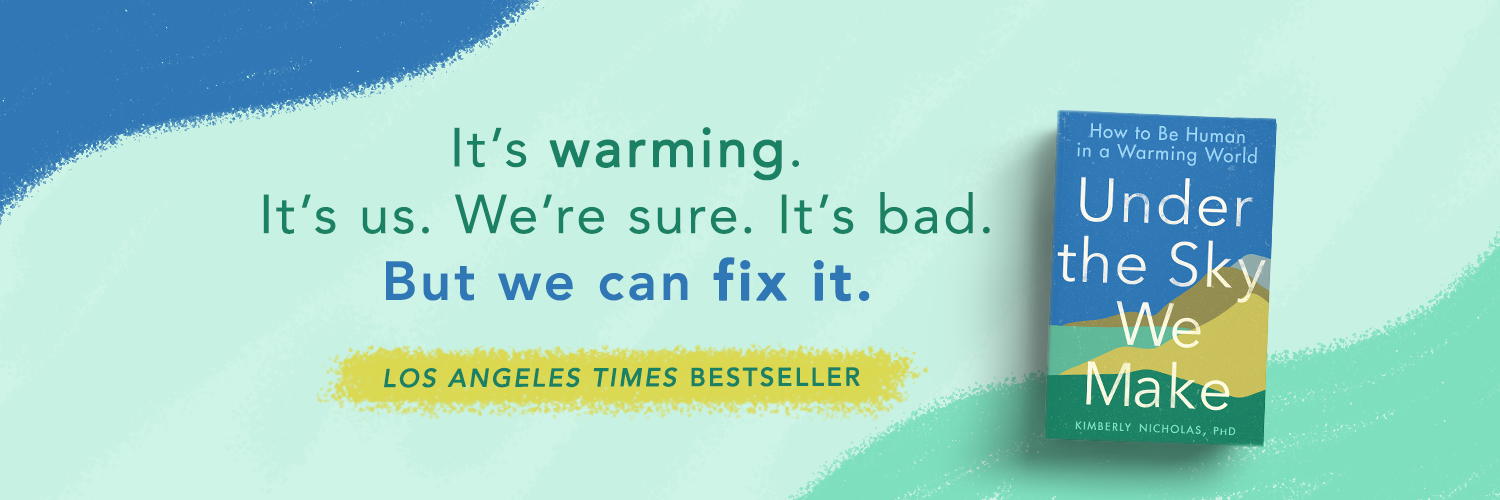In other words, you don't start out deciding to do a survey, then looking for appropriate research questions to ask and attendant philosophies and theories. For a simple breakdown of how philosophy of knowledge, theory of knowledge, and research style combine to produce research programs, see our 2010 article "Thinking about Knowing"- this could help you write the dreaded "philosophy and theory" sections of a master's thesis, for example.
Another useful resource is this overview of qualitative research in conservation by Moon et al. 2016, including a helpful list of questions in Table 5 that will help you avoid many common pitfalls. 2. What are the research questions you want to answer? It is essential that you have a manageable number (i.e., not more than three) clearly articulated research questions that guide all further research design. Coming up with a good research question is an art in itself (take a look at The Craft of Research for a whole chapter on how to do this). In short, my view is that a good research question is grounded in a real-world problem, linked to other research and/or theory in the field, specific enough to be answerable with the resources you have available, and something you are passionate about answering. 3. Are surveys the appropriate method to answer your research questions? Be sure to consider alternatives and convince yourself that surveys are a good way forward, that will help you answer your research question. If you can directly observe behavior or use existing data to answer your question, that will be easier than designing and carrying out a good survey. On the other hand, if you need to know how people think (attitudes) or feel (values) about something, then you need a survey to ask them directly to find out. 4. Who is your target population, and how will you sample from them? Consider that your sampling design will affect the validity and generalizability of your conclusions (i.e., if you want to do inferential statistical analysis to draw conclusions about significance, you need a random sample that is large enough to be representative). William Trochin has a good, concise overview of sampling and social research design issues on his Research Methods Knowledge Base. Issues to consider here include how you identify the target population (what characteristics must they have?), and how you identify them (what criteria will you use to include or exclude participants, and how many do you seek?). Write down all your criteria in your Methods section under Sample Selection. 5. How will you design your survey? Here's a really nice, simple, clear overview of best practices for survey research design by Kelley et al. 2003. This is a great place to start. Good tips on survey design, question construction, and administration in a book chapter from "Investigating the Social World" by Russell Schutt. 6. How will you analyze survey data? The simplest way is using descriptive statistics- e.g., graphing the distribution of the results in a histogram. A more complex way is inferential statistics- using statistical tests to draw conclusion about the likelihood of observations being due to chance, attributing numerical confidence to the results. This is a big topic; to get started, check out this guide from The University of Reading Statistical Service Centre on the analysis of survey data. For descriptive data (verbal or written textual responses to open questions), the aim is not to condense them into a number, but to use them to represent and explore different views. Here the process of coding can be helped with qualitative analysis software like NVivo or Atlas.ti. You will chose (and should state in your Methods) whether you are using inductive coding (themes emerge from the data) or deductive (trying to match responses to categories from previous literature or theory), or a combination. Whatever analysis approach you take, describe it clearly in your Methods, and explain why you chose it. 7. Research Ethics Conducting research with human subjects requires the researcher to take responsibility for considering and minimizing the risks presented to participants, and make sure that clear, prior, informed consent is obtained from your participants (this means your participants understand that their participation in the study is voluntary, they understand any risks that may be presented, and they know that they can end their participation at any time of their choice without penalty). You need to think about how you will protect the privacy of your participants and how to handle their data fairly and with what degree of anonymity. It is good practice to obtain written, signed informed consent before enrolling a participant (this might be ticking a box on the front page of an online survey, or initialing and signing a separate consent form including a copy for them for in-person interviews). Be aware that you are responsible for following ethical guidelines in the country where you conduct your research. In the US and Canada among other countries, completion of a formal course in research ethics and approval of a human subjects protocol is often required before conducting survey research. Here is the human subjects protocol I submitted to Stanford University for my PhD research in 2006- there are lots of helpful questions here to consider. And here is the consent form I used with my study participants. Feel free to use these as templates for your own research. Answers to the protocol questions can go in the Methods section of your thesis, and the consent form can be modified and used with your study participants. In Sweden, research should follow the Swedish Research Council Vetenskapsrådet's guide to Good Research Practice, with many useful areas to consider. Research conducted for a master's thesis generally does not require a formal application to the regional review board (meets monthly, costs 5000-16000 SEK to review applications, which must be in Swedish). Here is the Swedish law regarding research ethics, for research conducted in Sweden, that presents a sufficient risk or sensitive data. However, researchers still have a responsibility to follow good practices. Please be aware that you may be required to demonstrate good practices were followed and informed consent was obtained in order to publish your research results in a peer-reviewed journal. See below for two examples of text published in peer-reviewed articles describing how informed consent was obtained in Sweden. Text about informed consent: "Although the study scope exempted it from Swedish requirements for formal ethical review by an institutional review board, all procedures performed in this study involving human participants were in accordance with the ethical standards of the institution, and with the 1964 Helsinki declaration and its later amendments or comparable ethical standards. Prior, written informed consent was obtained from all individual participants included in the study (See consent form in S1).” --Source: Wynes and Nicholas, in second review Feb 2019, PLOS ONE "According to the Swedish regulations for conducting research on humans, there was no need to seek ethical clearance for this study. All participation was voluntary after informed consent, and the participants could withdraw from the study at any time. In order to protect the participants’ identity, revealing information has been removed from the results such as specific faculty, discipline, gender, ethnicity, and age. Furthermore, before data was analysed, all participants were invited to confirm their own interview transcripts and remove quotations that they did not want to share with others." --Source: Brodin & Avery, in press I hope these tips are helpful- happy research! Comments are closed.
|
Categories
All
Archives
November 2023
|
KIM NICHOLAS

 RSS Feed
RSS Feed

